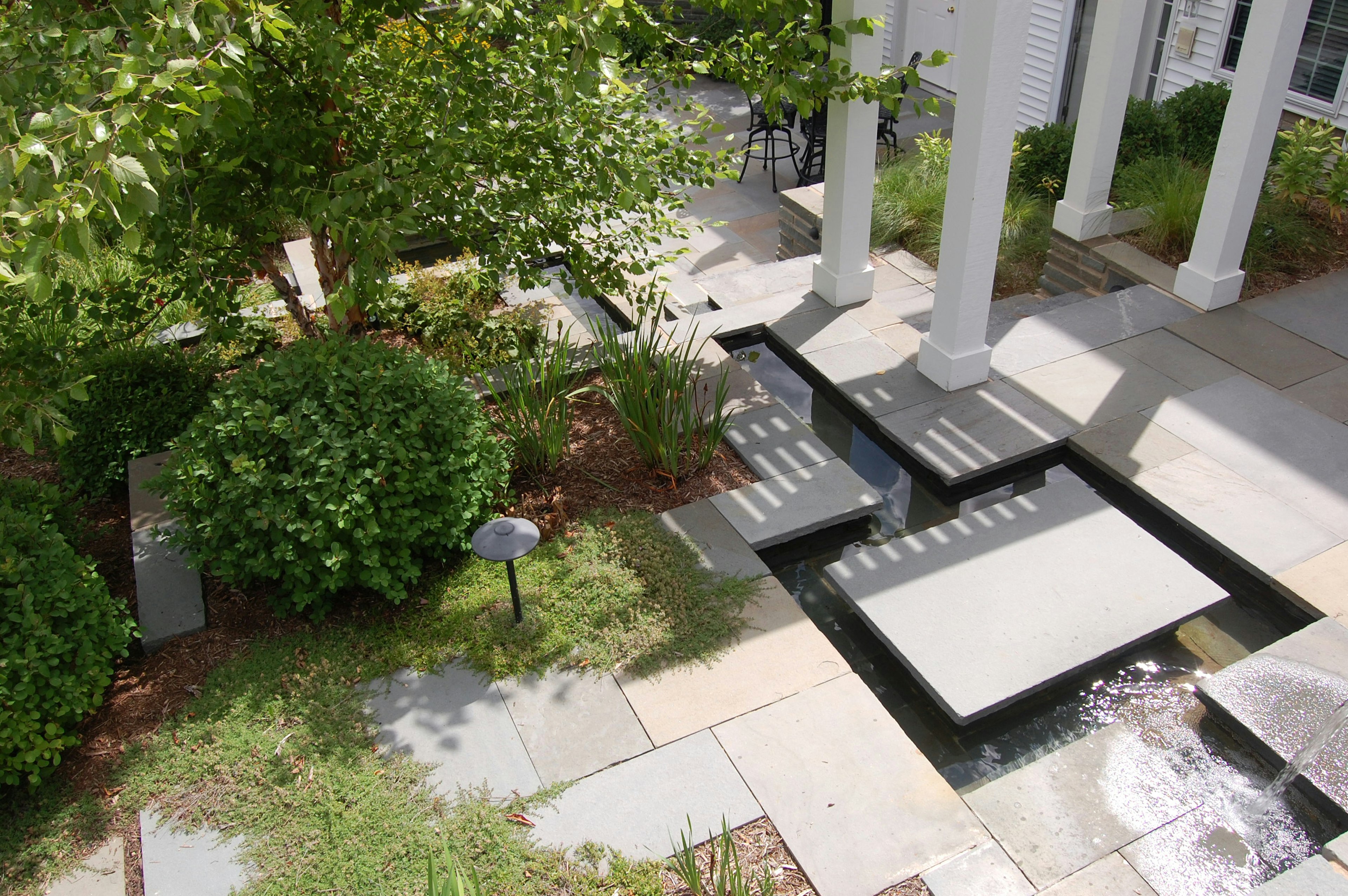
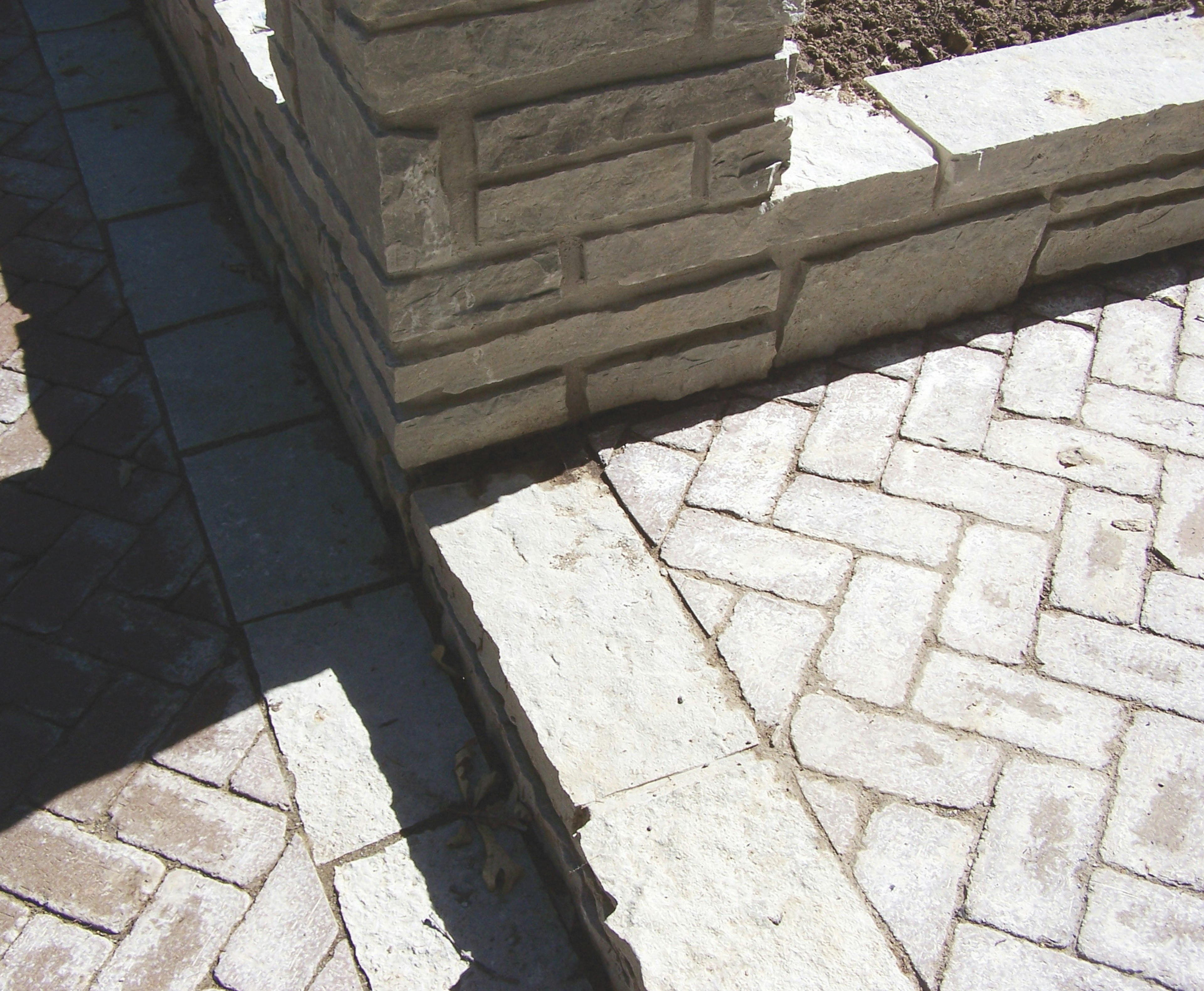
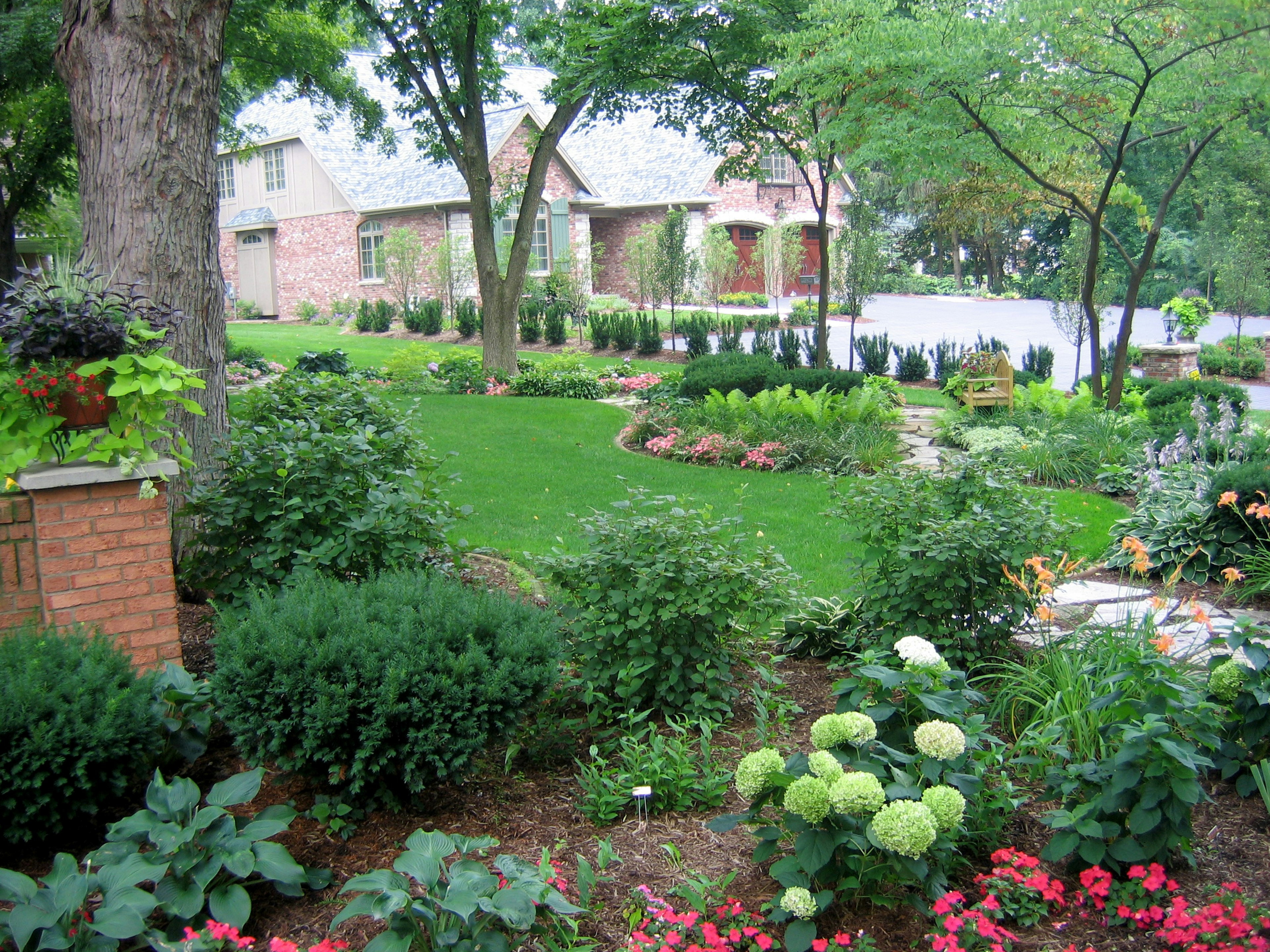
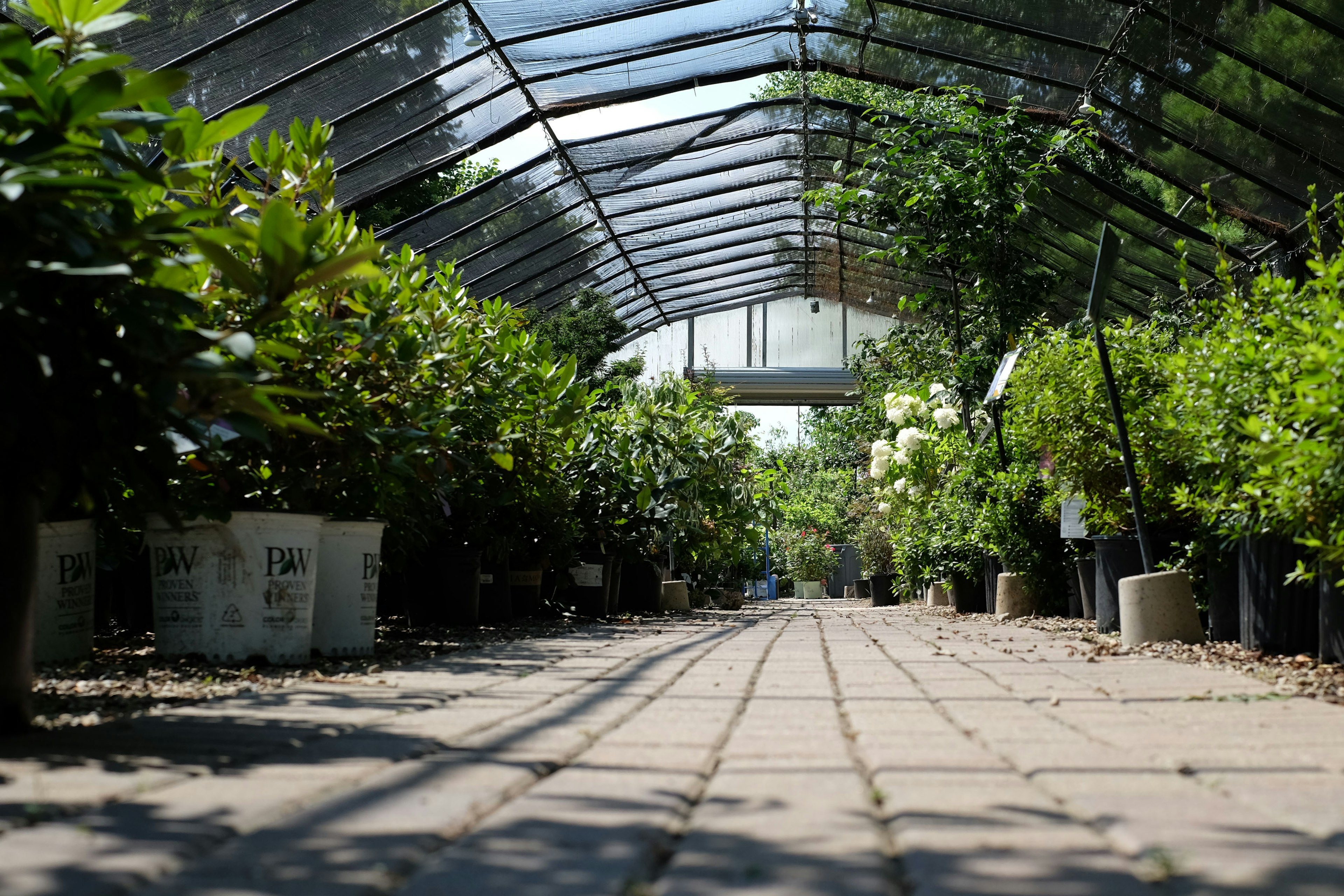
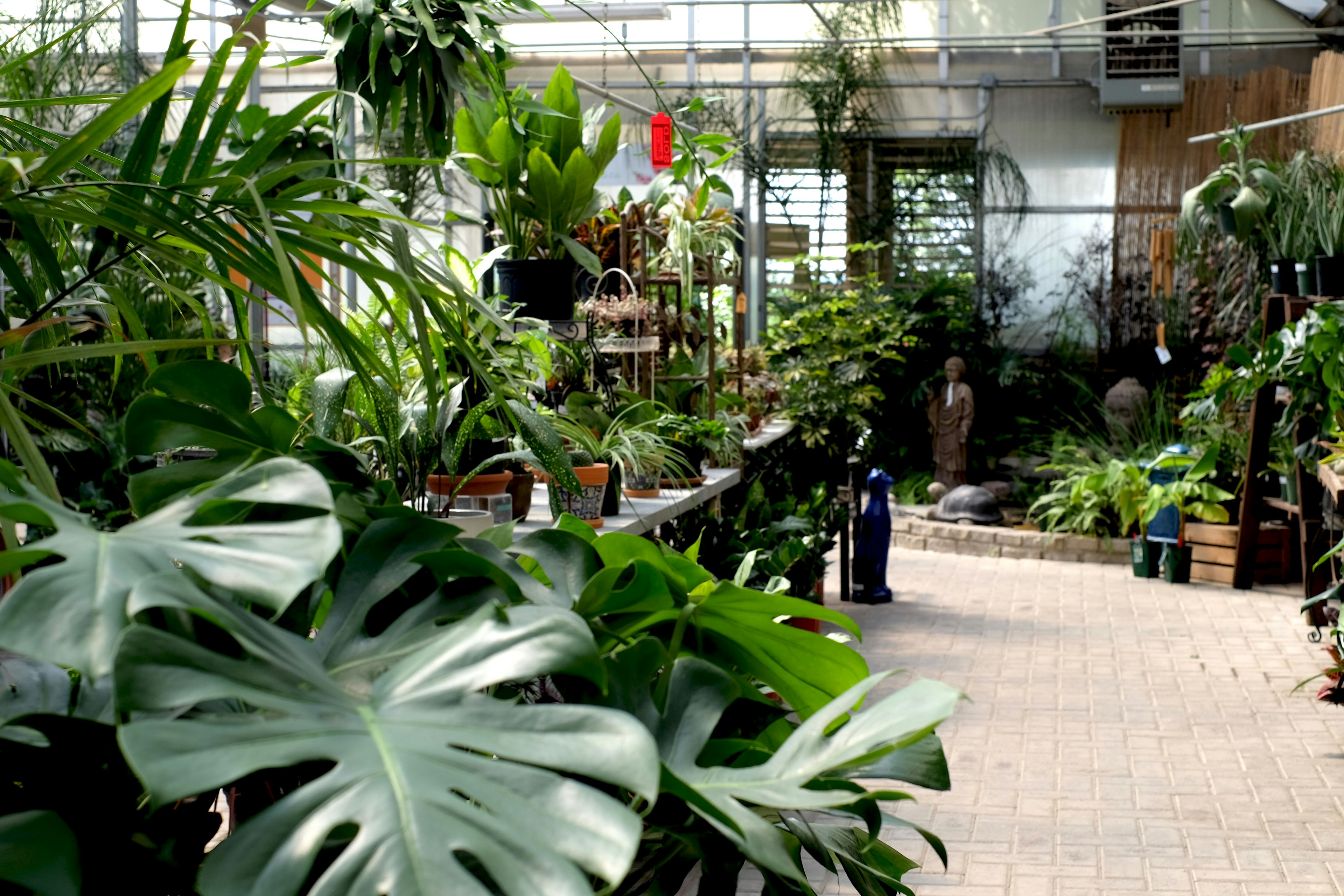

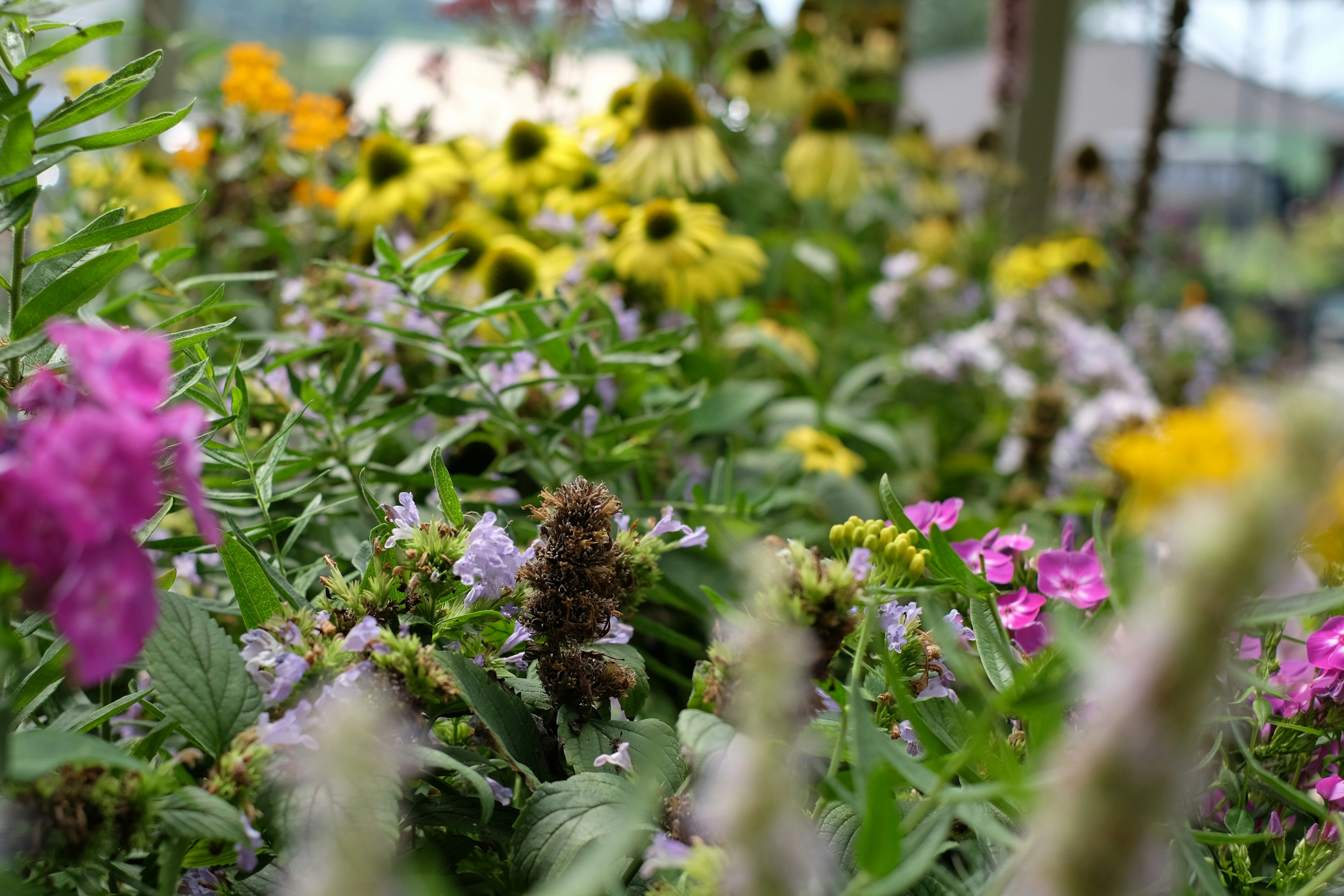

Garden Center
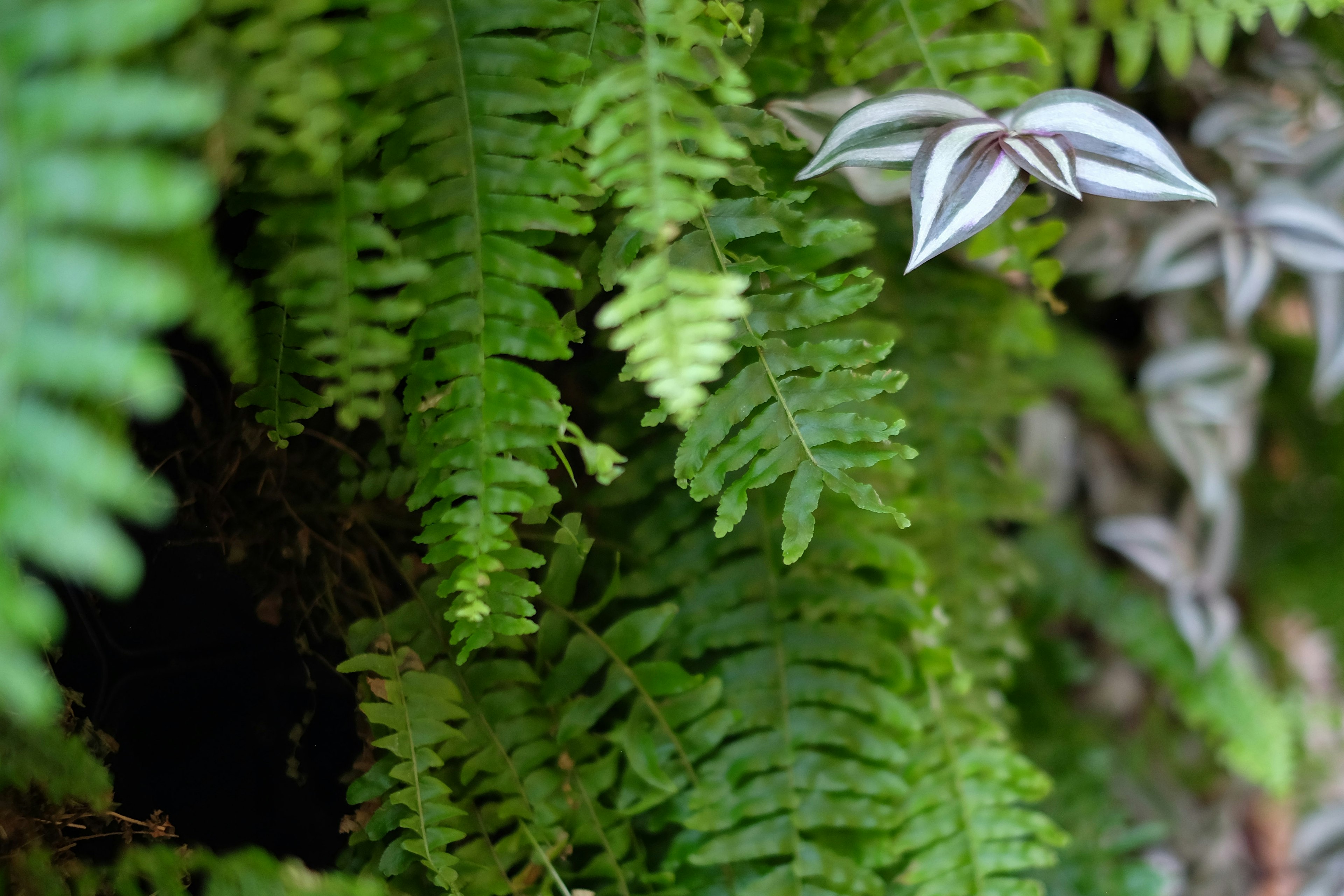
"Old Wood": How and When to Prune Spring-Blooming Shrubs

"Old Wood" and "New Wood"
Knowing when to prune your flowering ornamental shrubs can prevent you from interrupting their flowering cycle, encouraging healthy growth, promoting optimal light and air flow, and ensuring a big, impactful bloom during their flowering season!
In our recent post about hydrangeas, we discussed the differences between the subspecies of hydrangeas commonly available at our garden centers, and gave a brief discussion of the differences between new wood and old wood.
Put simply, "new wood" is the wood that grows on shrubs after the most recent winter, during the current growing season. It produces the new leaves and flower buds that will absorb sunlight in the current year. Shrubs that bloom on new wood (such as roses, butterfly bushes, and panicle hydrangeas) are considered easier to care for, because late-season pruning or frost doesn't typically affect the bloom.
"Old wood," on the other hand, is the growth from the previous summer and fall that stayed on the plant through the winter. For early blooming woody shrubs, like forsythia, lilacs, and magnolias, the prior season's growth includes the flower buds that we associate so closely with the incoming spring. Improper or poorly timed pruning can impact the following year's bloom, but learning how to best prune your flowering shrubs will ensure a garden full of spring flowers!
How to Prune Shrubs that Flower on Old Wood
Most shrubs that flower on old wood have their flowers as part of their very earliest growth in the spring. The energy stored in the roots over the winter pushes out a large bloom, followed by early leaves, and then branches. The key to pruning without removing flower buds is to prune your flowering shrubs immediately after they have finished their bloom for the season.
Take lilacs, for example. Their clusters of purplish, aromatic blossoms can cover the entire bush beginning in mid-April and often persist through mid- or late-May. Once these blossoms have lost their scent and begin to shrivel, it's almost time to give them a trim. Make clean, 45-degree angle cuts back to a healthy branch, and then just allow your bush to grow as normal. The woody growth that follows this year's pruning session will have the buds for next spring inside!
Important tip: Remember that not all shrubs even require yearly pruning, and certainly don't require it to bloom the following year. Take this advice if you have shrubs that are overgrown, have awkward branches that need cut back, or if you want to encourage growth in a certain direction or habit. A magnolia that isn't pruned after flowering will still flower the following season!
Which Shrubs Fall into this Category?
Here is a short list of common landscape shrubs that bloom on old wood:
- Forsythia
- Lilac
- Purple Leaf Sandcherry
- Weigela
- Oakleaf and Bigleaf hydrangeas
- Deutzia
- Magnolia
- Mockorange
- Viburnum
Thanks for Reading!
Whether you prefer to have your beds and lawn serviced professionally, or are a do-it-yourself kind of gardener, being familiar with your plants and how they cycle through the seasons has many benefits.
Remember that even if your plants are pruned at an inopportune time (do to some accidental cuts or a weather circumstance), they aren't doomed!
If you need pruning advice, contact the staff at our Tree & Shrub department, or get in touch with the head of maintenance at your local Green View. We can help!